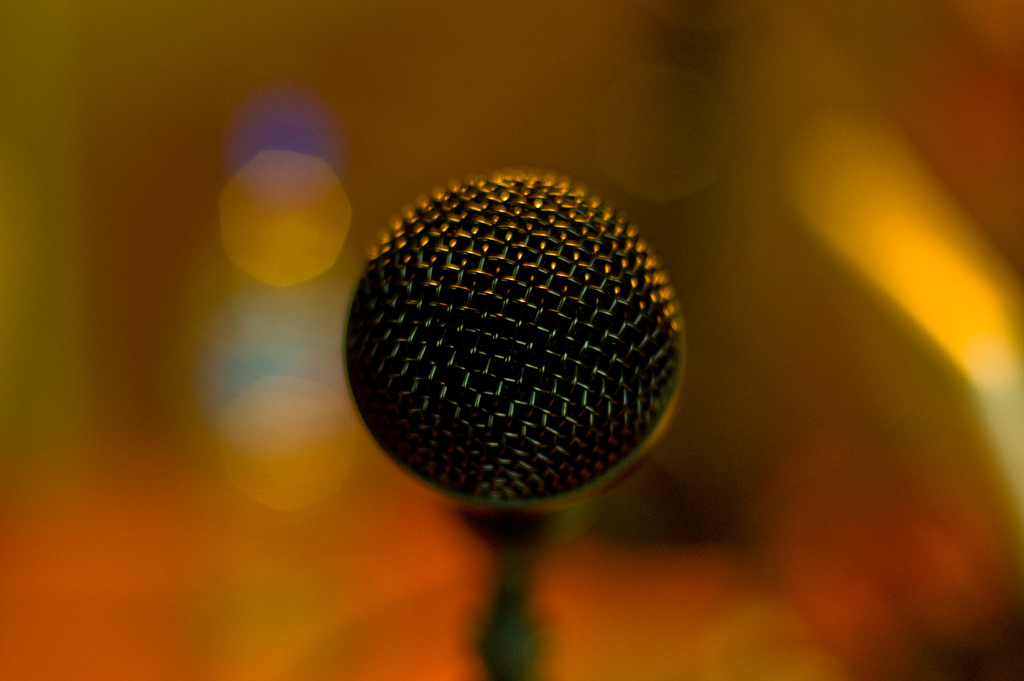Media: Audio
Uses: Updates from the classroom, professional reflection, advertising, etc
Examples: Carlton radio show,
How:
- First, you will need a good-quality microphone, because if your audio quality isn’t great, listeners won’t come back. I use a Blue Snowball, because it plugs right into any PC or Mac, but any condenser-type microphone should be acceptable.
- On the software side, I use Audacity, a free cross-platform audio recorder. It’s easy to use and comes with some advanced functions.
- Process:
- Record your audio and add bumpers (clips that play before and after the show) and any music you want to use. Export as an MP3.
- Upload your MP3 file to somewhere that generates an RSS feed (like a blog).
- Take the RSS feed to Feedburner and paste it in the “Burn a feed” field and check the “I am a podcaster” box. Pick a name for your podcast and skip to management. Go to the optimize tab and choose SmartCast and click “Include iTunes podcasting elements.” Fill out the form and save.
- Open iTunes and submit your Feedburner link to the iTunes store (click here).
- Wait for an email from Apple telling you that your podcast has been approved.
- Publicize your Podcast using Apple’s link maker and post it on your social media accounts.
- Repeat 1 & 2 each time you want a new episode.
Why: Audio is a great medium for things like interviews and quick updates. Additionally, publishing a podcast means that listeners get automatically-downloaded updates every time you make new content.
Notes:
- Podcasts work best when new content is generated regularly. Make a schedule to create new episodes and stick by it.
- Apple has a number of suggestions on formulating your podcast feeds that you can find here, but most will be taken care of by Feedburner.
![]()
Header image credit: Radio (Podcast) Days by Sergio Alvarez
